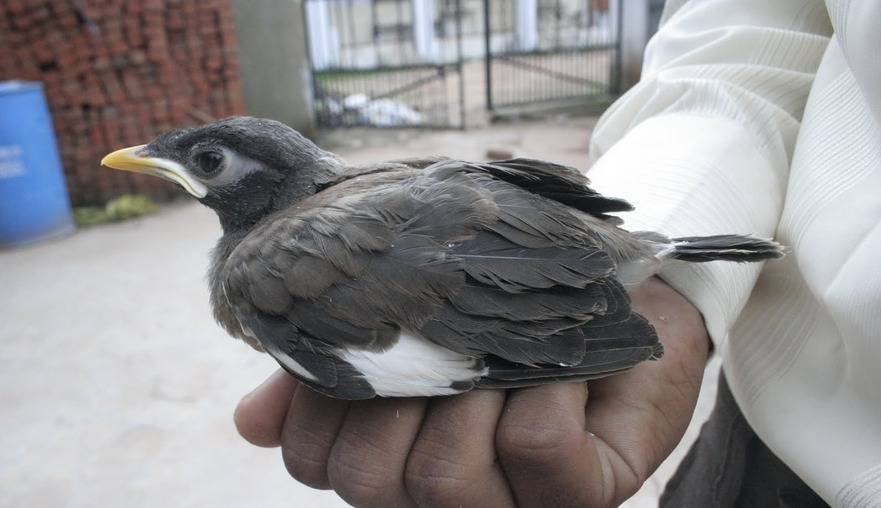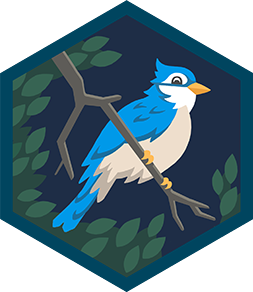Rescue a bird
Learn how to safely rescue a grounded bird: approach calmly, place it gently in a ventilated box, keep warm, and tell an adult.



Step-by-step guide to rescue a bird
Birds for kids - Vertebrate animals - Natural Science For Kids
Step 1
Spot the grounded bird and quietly watch from a short distance to see if it is breathing or moving.
Step 2
Tell an adult right away and ask them to help you with the rescue.
Step 3
Gather the Materials Needed and bring them to the bird with your adult helper.
Step 4
Ask the adult to put on gloves or to wash their hands before touching the bird.
Step 5
Line the bottom of the box with a soft towel or paper towels so the bird has a comfy floor.
Step 6
Ask the adult to check that the box has small breathing holes and that the lid can close loosely.
Step 7
Walk slowly and calmly toward the bird, moving one step at a time so you do not scare it.
Step 8
Gently place the towel over the bird so it feels covered and stays calm.
Step 9
With the adult, lift the covered bird carefully and place it into the prepared box.
Step 10
Close the box lid loosely and put the box in a warm quiet place away from pets and bright light.
Step 11
Ask the adult to call a local wildlife rehabilitator or animal shelter for instructions on the bird’s care.
Step 12
Share a photo and your rescue story on DIY.org to show what you did and what you learned.
Final steps
You're almost there! Complete all the steps, bring your creation to life, post it, and conquer the challenge!


Help!?
What can we use if we don't have gloves, a small box, or a soft towel from the materials list?
Use a clean cardboard shoebox or laundry basket lined with a soft t‑shirt or paper towels for the box floor and have an adult protect their hands with a clean plastic bag or thick kitchen towel in place of gloves before touching the bird.
What should we do if the bird keeps moving or gets scared when we try to approach it during the rescue steps?
If the bird flutters or retreats while you walk slowly (step 6), stop and wait quietly until it calms, then gently drape the towel (step 7) and let the adult lift it into the prepared box (steps 5–8), and if it appears seriously injured or is bleeding, call the wildlife rehabilitator right away (step 9).
How can this rescue activity be adapted for younger children versus older kids?
Younger children can help spot the grounded bird, stay back and tell an adult, and take the photo for DIY.org (steps 1, 2, 11), while older kids can gather materials, line the box with towels, check the breathing holes and loosely closing lid (steps 3–5), and help place the bird in a warm quiet place (step 8) before calling the rehabilitator (step 9).
How can we extend or personalize the bird rescue activity after the rescue is over?
Create a small 'bird rescue kit' with a spare towel, a labeled box with pre‑punched breathing holes, and a simple illustrated rescue log to record what you did and then share the photo and story on DIY.org (steps 5–11).
Watch videos on how to rescue a bird
Endangered Birds Learn To Fly | Planet Earth III | BBC Earth
Facts about bird rescue and care
☎️ It's safest to contact a licensed wildlife rehabilitator or veterinarian — in many places keeping wild birds without a permit is illegal.
📦 A small, dark, ventilated box lined with a soft towel often keeps a grounded bird calm and warm.
😰 A stunned or injured bird can die from stress or shock — staying calm and quiet helps it recover.
🪟 In the U.S. it's estimated that up to 1 billion birds die each year after colliding with windows.
🐦 There are about 10,000 known species of birds living around the world.
How do I safely rescue a grounded bird?
What materials do I need to rescue a grounded bird?
What ages is rescuing a grounded bird suitable for?
What are the benefits of teaching children to rescue grounded birds?


One subscription, many ways to play and learn.
Only $6.99 after trial. No credit card required



